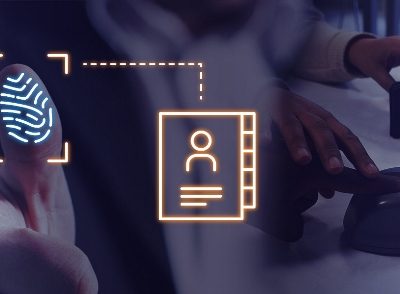By Oladipupo Adeosun
Protecting customer financial data is a top priority for e-businesses. Failing to secure this information can result in data breaches, financial losses, and damage to your business’s reputation.
RELATED: Data protection in Nigeria: Fostering national security, enhancing economic competitiveness
Here are key strategies and best practices for ensuring payment security in e-business:
1. Use Secure Payment Gateways: Employ reputable payment gateways that are compliant with Payment Card Industry Data Security Standard (PCI DSS) requirements. These gateways provide a secure infrastructure for processing payments.
2. Encryption: Implement strong encryption protocols (e.g., TLS/SSL) to protect data transmitted between the customer’s browser and your server. Ensure that the encryption certificates are up-to-date.
3. Data Minimization: Collect and store only the minimum amount of customer data necessary for transactions. Avoid storing sensitive data like credit card numbers whenever possible.
4. Tokenization: Consider tokenization, where sensitive data is replaced with a token, which is a unique identifier. The actual data is stored securely by a payment processor, reducing the risk of exposure.
5. Secure Hosting: Host your e-business website on secure servers and keep server software, plugins, and frameworks up-to-date with security patches.
6. Authentication: Implement strong authentication mechanisms, such as two-factor authentication (2FA), for customer accounts to prevent unauthorized access.
7. Regular Security Audits: Conduct regular security audits and vulnerability assessments to identify and address potential weaknesses in your payment systems.
8. Firewalls and Intrusion Detection: Use firewalls and intrusion detection systems to monitor and protect your network from unauthorized access and suspicious activities.
9. Employee Training: Train your staff on security best practices and the importance of handling customer financial data with care. Implement role-based access controls to limit access to sensitive information.
10. Monitoring and Alerts: Set up real-time monitoring systems to detect unusual activity and receive alerts for potential security breaches.
11. Incident Response Plan: Develop and regularly update an incident response plan that outlines the steps to take in case of a data breach. Ensure all employees know their roles in the event of a breach.
12. Regularly Update Software: Keep all software, including e-commerce platforms and content management systems, up-to-date with the latest security patches.
13. Compliance with Regulations: Ensure compliance with relevant data protection and privacy regulations, such as GDPR, HIPAA, or CCPA, depending on your business’s jurisdiction and activities.
14. Third-Party Risk Assessment: If you work with third-party vendors or payment processors, assess their security practices and ensure they meet the required security standards.
15. Customer Education: Educate your customers about safe online shopping practices, such as checking for HTTPS in the URL, monitoring their accounts for unauthorized transactions, and using strong, unique passwords.
16. Regularly Test Security: Perform penetration testing and security assessments to identify and address vulnerabilities before malicious actors can exploit them.
17. Backup and Recovery: Regularly back up customer data and payment records, and have a reliable disaster recovery plan in place in case of data loss or system failure.
18. Legal Agreements: Include clear and comprehensive terms of service and privacy policies that inform customers about how their data is used and protected.
19. Transparency: Be transparent with your customers about your security practices and how you handle their financial data.
20. Insurance: Consider cyber liability insurance to mitigate financial losses in the event of a data breach.
Payment security is an ongoing process that requires vigilance and continuous improvement. By implementing these best practices, you can protect your customers’ financial data and build trust in your e-business. Keep abreast of the latest cybersecurity threats and technologies to stay ahead of potential risks.
Oladipupo Adeosun. Head, Information Technology – E-Business (Fintech | Cyber Security | Penetration Tester)





























